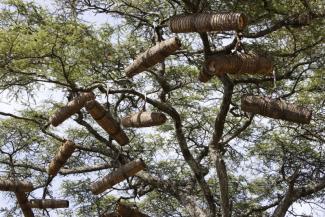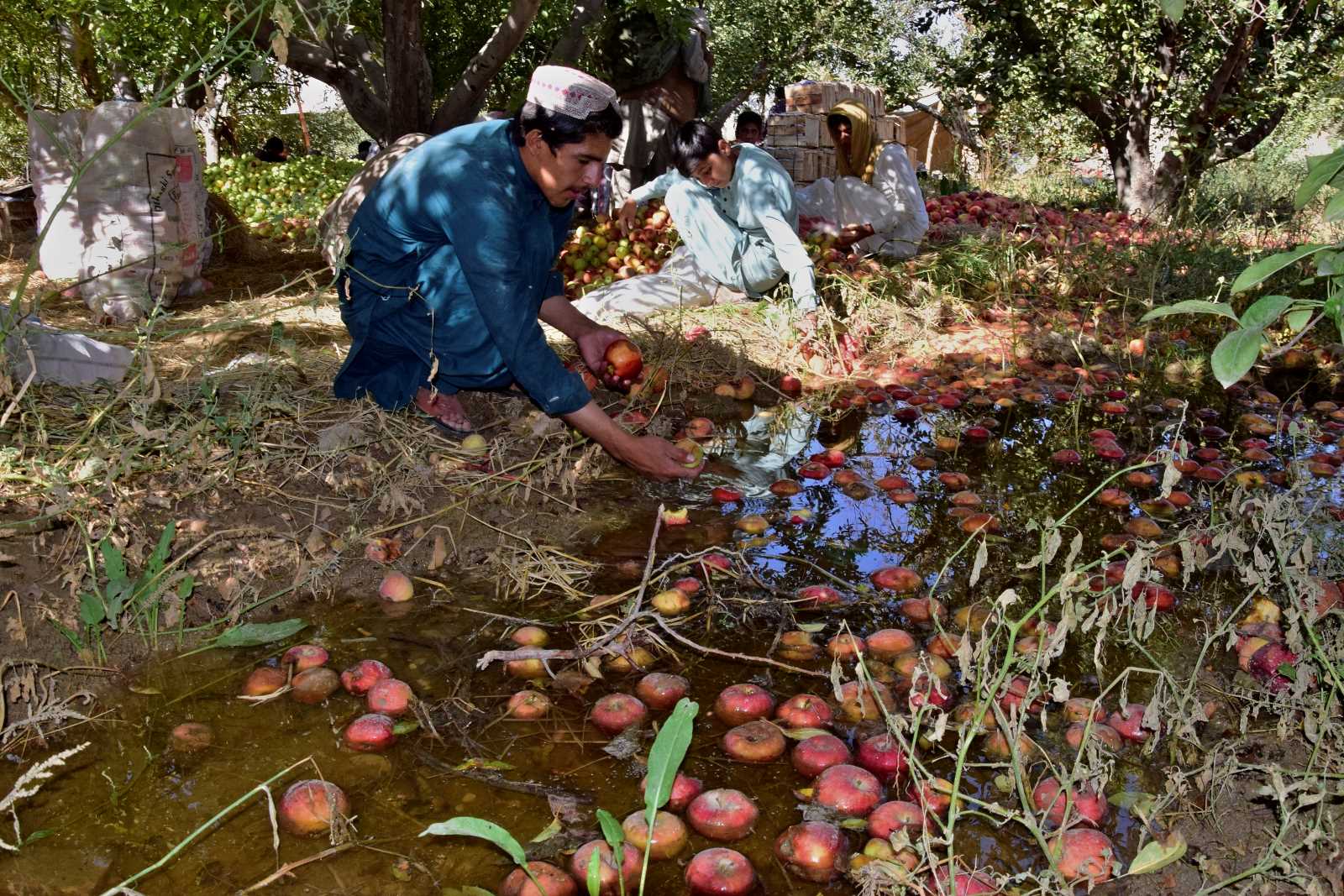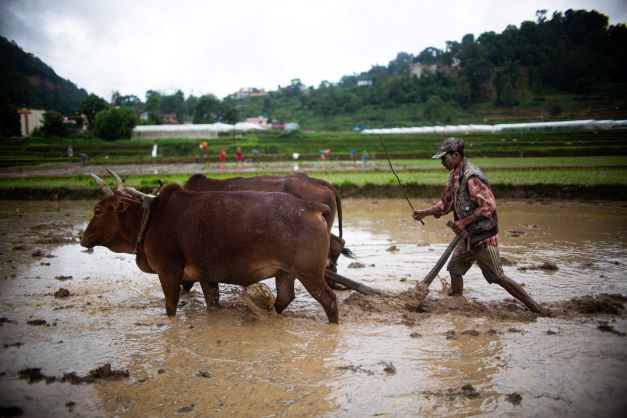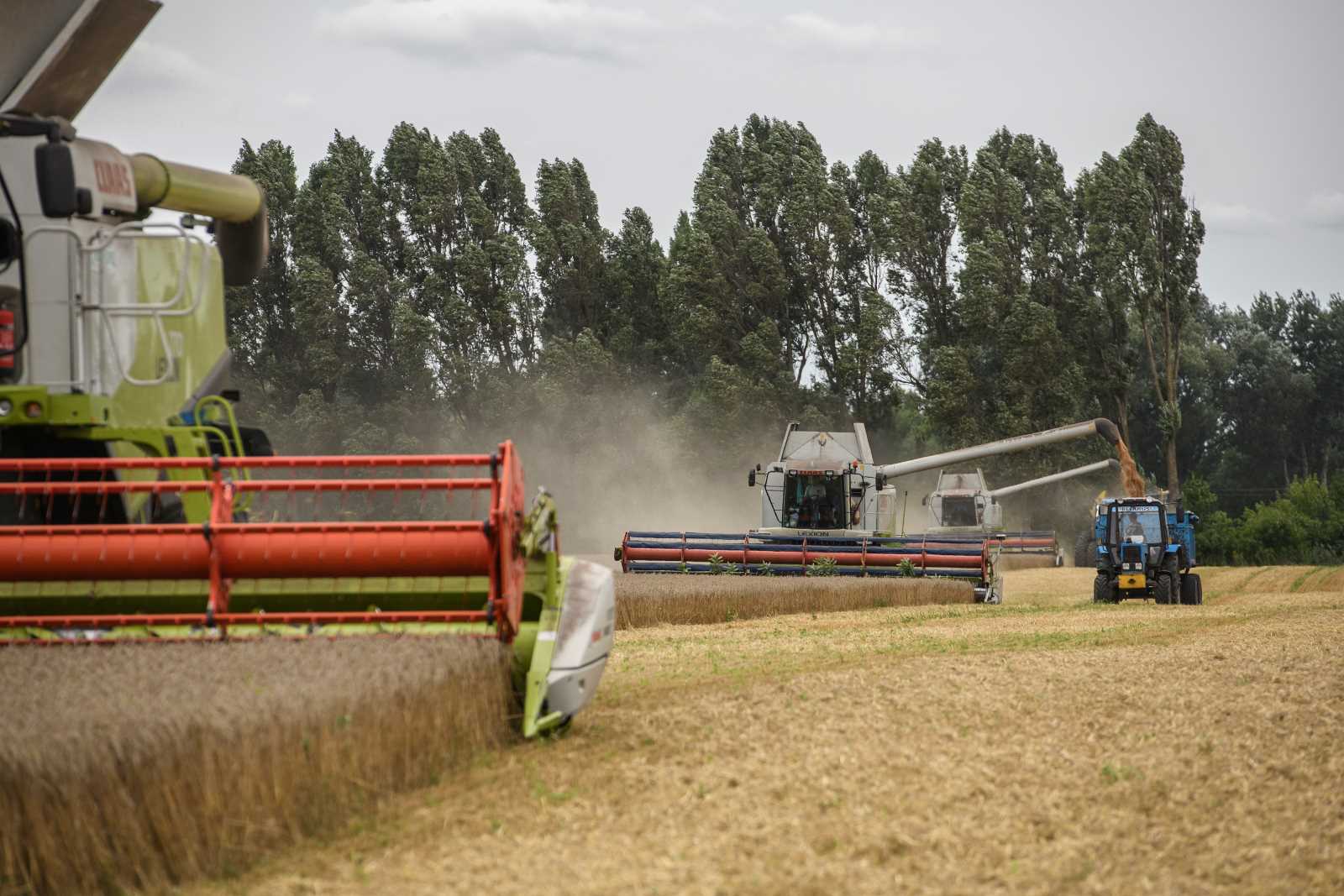Biodiversity
Rising to global threat

All over the world, a growing number of pollinator species is threatened by extinction. This trend endangers millions of livelihoods and hundreds of billions of dollars worth of food supplies. That is the result of a global assessment conducted by the Intergovernmental Science-Policy Platform on Biodiversity and Ecosystem Services (IPBES). A study with the title “Thematic assessment of pollinators, pollination and food production” was released in February. It is based on the available knowledge from science and indigenous and local knowledge systems, according to the authors.
Bees are the most important pollinators. There are more than 20,000 species of wild bees alone. Humans have managed honey bees for thousands of years, but only one subspecies, apis mellifera, is used extensively for commercial pollination of crops and other plants. Other pollinator species include butterflies, flies, moths, wasps, beetles, birds and bats.
Nearly 90 % of all wild flowering plants and more than three-quarters of the world’s food crops depend at least in part on pollination by insects and other animals. Pollinated crops include those that provide fruit, vegetables, seeds, nuts and oils. Many of these crops are important sources of vitamins and minerals. Moreover, many of them, including coffee and cocoa for example, are important sources of income in developing countries. According to the study, between $ 235 billion and $ 577 billion worth of global food production depends on pollinators every year. In the past 50 years, the volume of pollination-dependent agricultural production has increased by 300 %.
A number of non-food crops also need pollinators. They provide biofuels in the form of canola and palm oil, fibre in the form of cotton and kapok, medicines, timber and products that are culturally significant, for example for making musical instruments.
High levels of threat
The UN assessment found that an estimated 16 % of vertebrate pollinators (mainly birds and bats) are at risk of extinction, and the share is expected to rise. Although most insect pollinators have not been assessed at the global level, regional and national assessments indicate high levels of threat, particularly for bees and butterflies. In many regions, more than 40 % of invertebrate species are threatened locally.
Robert Watson, IPBES vice-chair, states that the “decline is primarily due to changes in land use, intensive agricultural practices and pesticide use, alien invasive species, diseases and pests and climate change.”
According to the study, pesticides threaten pollinators worldwide, although the long-term effects are still unknown. Climate change has led to changes in the habitats of many pollinating bumblebees and butterflies and the plants that depend upon them.
Pollinators are also threatened by the decline of human practices based on indigenous and local traditions. These practices include traditional farming systems and maintenance of diverse landscapes and gardens.
Options for protection
A number of steps can serve to reduce the risks to pollinators, the authors write. One safeguard is the promotion of sustainable agriculture, which helps to keep agricultural landscapes diverse and makes use of ecological processes as part of food production. Specific options include:
- maintaining or creating greater diversity of pollinator habitats in agricultural and urban landscapes,
- supporting traditional practices that manage habitat patchiness, crop rotation and cooperation of scientists with knowledgeable indigenous people,
- education and exchange of knowledge among farmers, scientists, industry, communities and the general public,
- reducing the use of pesticides, seeking alternative forms of pest control and adopting a range of specific application practices including technologies to reduce pesticide drift, and
- improving the management of bees to better control diseases, coupled with better regulation of the trade and use of commercial pollinators.
José Graziano da Silva, the director-general of the UN Food and Agriculture Organization (FAO) commented on the study: “Pollination services are an ‘agricultural input’ that ensure the production of crops. All farmers, especially family farmers and smallholders around the world, benefit from these services. Improving pollinator density and diversity has a direct positive impact on crop yields, consequently promoting food and nutrition security. Hence, enhancing pollinator services is important for achieving the Sustainable Development Goals, as well as for helping family farmers’ adaptation to climate change.”
Katja Dombrowski
Link:
IPBES:
http://www.ipbes.net/












